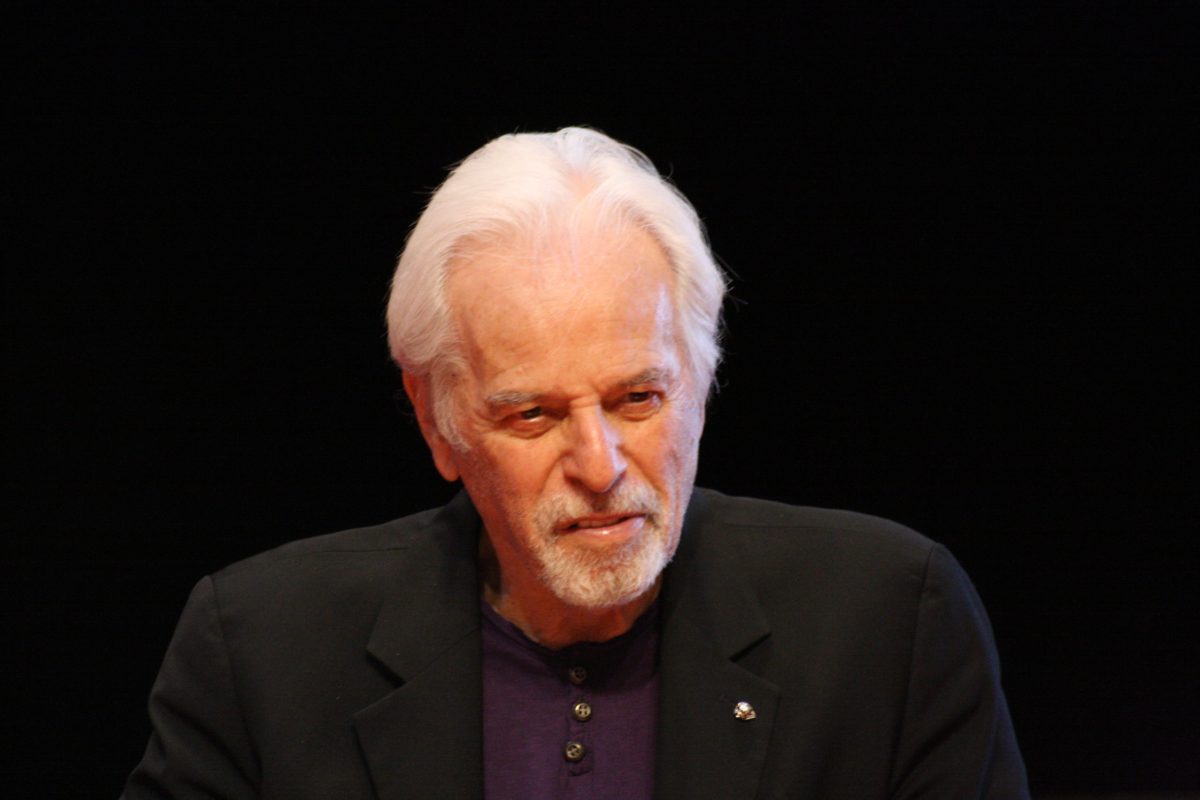Spectre (2015)
By Scott M. Waldman
James Bond, as a spy in both film and literature, has graced the screen in many outings over multiple decades with multiple actors who have portrayed 007 including that of Sean Connery, Timothy Dalton, Roger Moore, Pierce Brosnan, the entire cast of Casino Royale (1967), and the current Bond, Daniel Craig. Craig’s fourth outing as Bond, Spectre or Bond 24, features a film to connect the other three films (Casino Royale, Quantum of Solace, Skyfall) bringing all of Bond’s achievements and failures to the gratitude of one specific character played by Christoph Waltz. Also featured in the film is a bunch of returning characters with Ralph Fiennes, Naomie Harris, and Ben Whishaw, with the addition of new characters played by Dave Bautista and Léa Seydoux.
Just to get this out in the open, there may be SPOILERS ahead, unless this is written vaguely enough to hide any reveals. Bond is back to work with MI6, but this time the world is once again finding their agency as an ineffective method of protecting the world which is further proved by Bond’s methods of leaving too much carnage in his path. While Bond is off on a personal mission to clean up his messes, the puppet master behind the entire Daniel Craig outing is revealed as Waltz’s sinister Oberhauser, who is in charge of the organization Spectre. The rest of the plot is laid out by Seydoux’s Swan, who acts as the next “Bond Girl” who delivers close to the level of Eva Green in Casino Royale (2006). She can be captured easily, but her power comes from her detective work that rivals that of Bond, making a very oppositional chemistry as the relationship progresses.
Her subplot brings Bond closer to Oberhauser and his organization which quickly ends due to a well-placed shot. The real faults of the film lie within how quick each set-piece is; Bond goes all across the planet, destroys a nice car, has a quick and witty conversation to further the plot, and leaves to the next shot. The film wasn’t as concentrated as Skyfall was or as simple as Dr. No in terms of the reasons to travel and the amount of activities at each place. The first sequence in Mexico City made perfect sense, but after returning to MI6, Bond was off to Rome, then a snow clinic, and then somehow a desert lair. Even the ending sequence in London was quickly solved by Bond thanks to a few quick stunts and an extremely lucky shot.
The film is littered with references to previous films from the classic lines to the campiness of some of the previous films (one bullet equals another body). The issue with these references is that they make the film extremely predictable. Oberhauser is intimidating on a psychological scale, but the reveal of who he really is was predicted before Waltz was casted, by those who know Bond. It’s not to say that Waltz was bad; the real crime may’ve been that there just wasn’t enough of him. Besides the main villain, Bautista is also out for Bond featuring the hand-to-hand destruction of a train and multiple car chases; he’s Oddjob from Goldfinger (1964). Bautista’s Mr. Hinx balances out the villain goals in terms of one going for a physical game and the other for a psychological one. The villains are well-balanced, but unfortunately short-lived.
Spectre may’ve been over two hours long, but there is a lot of talking between the quick action sequences, which is great. It turns Bond into more of a detective than the assassin that most characters in the film would label him as. Spectre is much more of a spy-thriller than an action film which is a great callback to what Bond films really should be. The most significant moment of the film is a conversation between M and the leader of MI5, involving the idea of drones versus spies. Drones, M believes, shoot to kill, but spies have the ability to know whether or not to take the shot. It makes the last scene of the film even more symbolic. The film deserves a 7.5 out of 10 for a great spy thriller and Bond outing for Craig, but a quick and predictable adventure at best with multiple set pieces having even quicker demises.






























